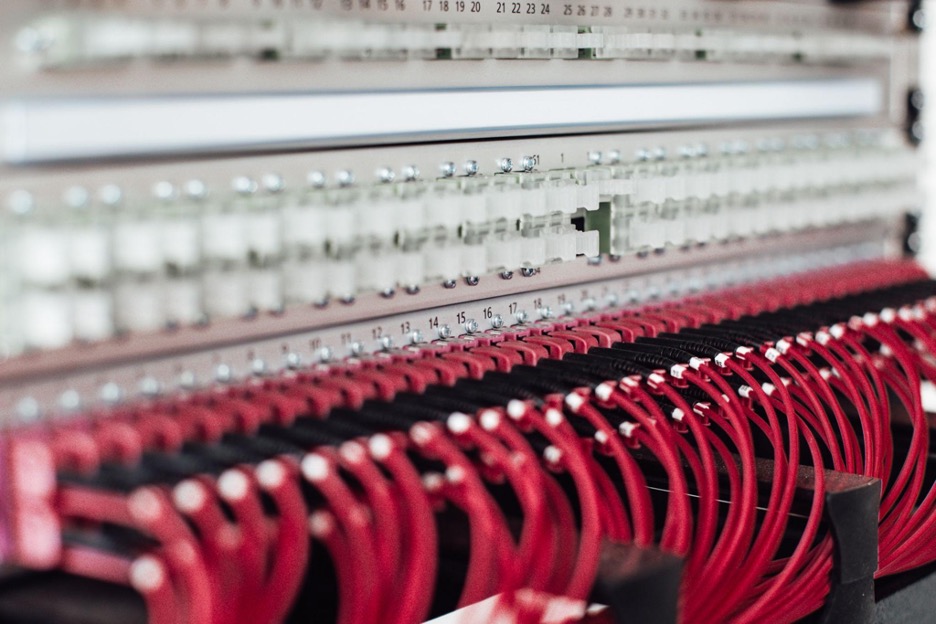The Fundamentals Of Data Center Servers
Feb 08, 2023 13:53

A data center, in its most basic definition, is a big, purpose-built facility where vital information and programs are stored. It's a collection of computers and storage devices, such routers and servers, that work together to make information and programs available. Businesses and internet service providers are able to manage their whole information technology infrastructure as well as the data processing involved in doing so in an effective and secure manner using this method.
In this era, data center infrastructure has seen dramatic development. The computational capacity of conventional, physically located on-site servers has been linked to the flexible capabilities of virtual networks. As a result, a significant amount of data is now joined across a number of data centers as well as public and private clouds. Click here to read more about private clouds. Because of this, a contemporary data center has to have the ability to interact with data centers in other regions.
What are the reasons for a company's need for a data center?
The vast majority of business applications and actions carried out inside an organization produce data that must be kept in a safe manner. This covers the following, for instance:
● Clearing of emails and other data● Applications for increased productivity● Websites● Online transactions● The information stored through CRM tools● Planning for the company's resources● Data banks● Large-Scale Data Collection and Artificial Intelligence● Virtual Desktops
Services revolving on communication and collaboration
It is necessary to have a large number of servers and a large quantity of storage space since large firms collect enormous volumes of data. Sometimes, the volume of data is too great for a single server room to handle. In addition to that, the upkeep could be difficult. Some businesses are pushed to their breaking point due to high energy expenses and even monitoring their servers around the clock in an effort to forestall server breakdowns and protect themselves against cyberattacks.
A data center is responsible for the following duties:
The functions performed by a data center change according to factors such as its location, owner, and field of application. Even in data centers that provide managed services or colocation, clients still consume a variety of computing services and perform a variety of jobs. A data center is capable of performing a wide variety of functions, from basic operations like the storing of data for backup purposes to the storing of data as well as the execution of fundamental information technology procedures.
Certain data centers provide the function of a connecting point, therefore bringing together a variety of colocation settings. As an example, this is crucial for video streaming, which normally requires a Content Delivery Network (CDN) to connect with an ISP from a colocation data center (ISP).

What are the fundamental aspects that make up a data center?
When designing a data center, it is common practice to divide the space into a number of distinct regions that are able to collaborate well with one another.
Hardware and software used in information technology for the maintenance of networks and the storing of data
The information technology (https://en.wikipedia.org/wiki/Information_technolo) (IT) hardware that a data center has is among the most essential components of the facility. This includes everything from the hardware to the software that's needed to keep the network and the data storage running smoothly. There are four different categories:
● The term "server hardware" refers to all of the technological components that are integrated into the individual computers, including but not limited to high-performance central processing units (CPUs), quick main memory, and huge hard drives.● Active network components are devices that are essential to the functioning of the live network and need a constant supply of electricity.● Components of the passive network The data center absolutely has to include passive network components in order for the network to function properly. Passive network components, which include cables, plugs, and sockets, do not need their own individual power connection in contrast to active network components.● Sub-racks are metal enclosures in which server and network gear are securely secured. Racks that adhere to a globally recognized size and have a design based on the 19-inch format are guaranteed to be compatible with any and all assemblies.
Staff required to ensure the effective running of data centers
Despite the fact that modern data centers are very automated, human personnel is still necessary. Continuous monitoring is required not just of the data center servers and network but also of the whole underlying infrastructure. It's the only certain method to head off issues before they ever start, or to fix them quickly if they do. The duties of the employees working in the data center may be broken down into two categories: system technology and administration.
Infrastructure components
Individual components of the data center's infrastructure are the last piece of the puzzle that must be in place for the facility to run efficiently. The construction and furnishings of the building both have a significant impact on the range of these factors.







































































